Greenhouse gas emissions are reported in carbon dioxide equivalents (CO 2 eq), determined by multiplying the amount of emissions of a particular greenhouse gas by the global warming potential of that gas Greenhouse gases differ in their ability to absorb heat in the atmosphere due to their differing chemical properties and atmospheric lifetimesThis causes changes in water temperature, ocean acidification and deoxygenation, leading to changes in oceanic circulation and chemistry, rising sea levels, increased storm intensity, as well as changes in the diversity andA greenhouse gas (GHG or GhG) is a gas that absorbs and emits radiant energy within the thermal infrared range, causing the greenhouse effect The primary greenhouse gases in Earth's atmosphere are water vapor (H 2 O), carbon dioxide (CO 2), methane (CH 4), nitrous oxide (N 2 O), and ozone (O 3)
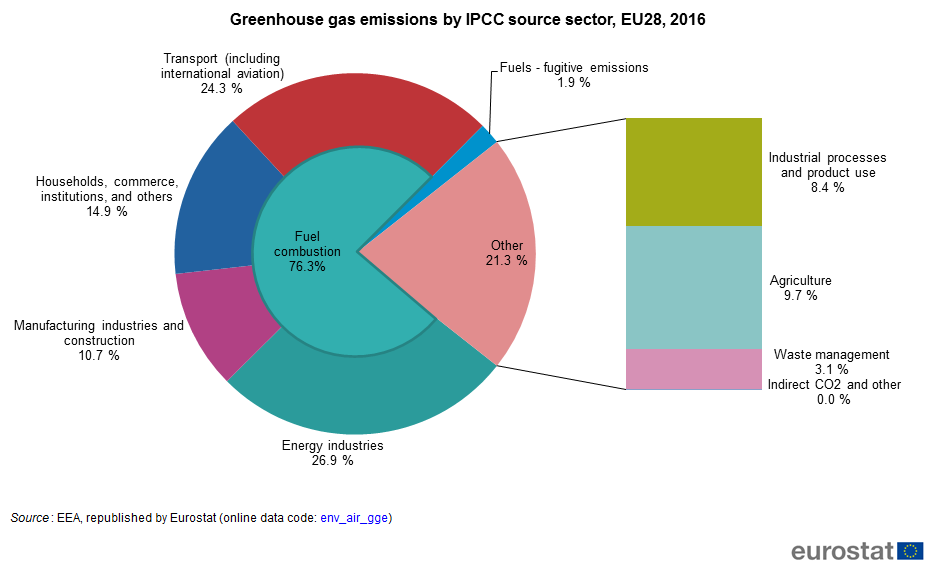
File Greenhouse Gas Emissions By Ipcc Source Sector Eu28 16 Png Statistics Explained
Greenhouse gas emissions chart 2020
Greenhouse gas emissions chart 2020- For the purposes of reporting, greenhouse gas emissions are allocated into National Communication sectors These are a small number of broad, highlevel sectors, and are as follows energy supply, business, transport, public, residential, agriculture, industrial processes, land use land use change and forestry (LULUCF), and waste managementChapter 4 examines atmosphericbased estimates of greenhouse gas emissions, which could provide independent checks on emissions from fossilfuel use and industrial processes Additional information on sources of atmospheric and oceanic data, methods for estimating atmospheric signals, and technologies for measuring emissions from large local




Windsor S Greenhouse Gas Emissions
The diagram above shows greenhouse gas emissions in the EU in 17 broken down by main source sectors Energy is responsible for 807% of greenhouse gas emissions in 17, of which transport accounts for about a third Rules for Mandatory Reporting of Greenhouse Gases by 31 industries and emissions sources were finalized by the US Environmental Protection Agency (EPA) in October 09 1 Final rules and methods were proposed in April 10 for a second group of industries oil and natural gas systems;Greenhouse effect Step 1 Solar radiation reaches the Earth's atmosphere some of this is reflected back into space Step 2 The rest of the sun's energy is absorbed by the land and the oceans, heating the Earth Step 3 Heat radiates from Earth towards space
7 / Quarterly Update of Australia's National Greenhouse Gas Inventory March 19 Source Department of the Environment and Energy Summary of annual emissions Emissions for the year to March 19 are estimated to be 53 Mt CO 46TR 2This chart shows the change in global greenhouse gas emissions over time Greenhouse gases are measured in 'carbon dioxideequivalents' (CO 2 e) Today, we collectively emit around 50 billion tonnes of CO 2 e each year This is more than 40% higher than emissions in 1990, which were around 35 billion tonnesGreenhouse effect, a warming of Earth's surface and troposphere (the lowest layer of the atmosphere) caused by the presence of water vapor, carbon dioxide, methane, and certain other gases in the air Of those gases, known as greenhouse gases, water vapor has the largest effect
EU greenhouse gas emissions Management infogram This process flow diagram (PFD) example shows an amine treating system for the removal of gaseous hydrogen sulfide from gas streams It is used in oil refineries and chemical plants Emissions are based on lost carbon stores from forests and changes in carbon stores in forest soils Crop burning (35%) the burning of agricultural residues – leftover vegetation from crops such as rice, wheat, sugar cane, and other crops – Diagram of the US GHG Emissions by Sector in 18 In the UK, the transportation sector accounts for slightly more than a third of all CO2 emissions In both countries, road vehicles contribute most transportationrelated CO2 emissions including fuel and labor costs as well as greenhouse gas emissions for the route Seeing Greenhouse Gas
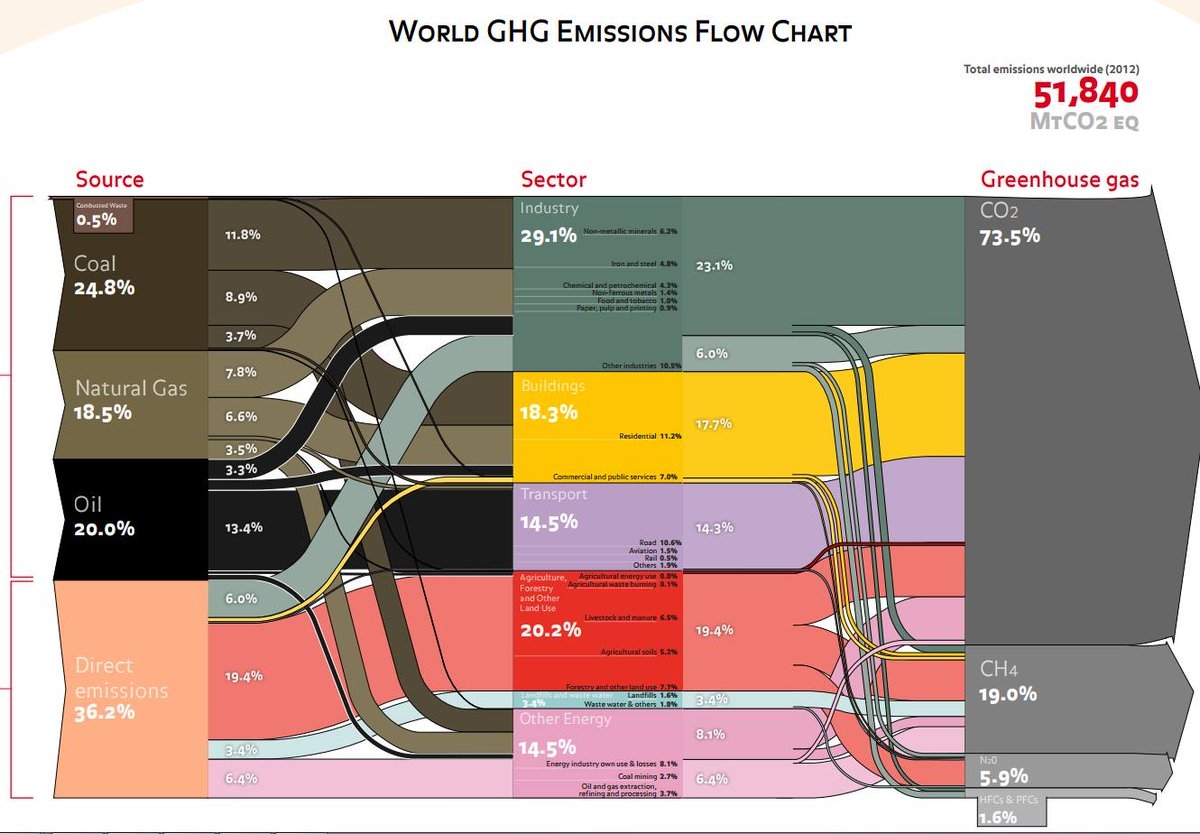



Ghg Sankey Diagrams




Nz Ghg Emissions Flow Chart 06 Ghg Emissions Greenhouse Gas Emissions Greenhouse Gases
A greenhouse gas is a gas which reflects radiation that the Earth emits, and stops it from being lost into space This makes the Earth hotter than it would be without greenhouse gasesThis is called the "greenhouse effect"Most greenhouse gases are natural water vapor is the most common, and causes most of the greenhouse effect on Earth Other greenhouse gases are carbonGreenhouse Gas Inventory The annual greenhouse gas (GHG) inventory tracks emissions associated with campus operations and helps the University measure progress towards carbon neutrality Data is shared here and via the Carbon Commitment reporting platform for benchmarking with peer institutions Progress to Date To date, Cornell University has reduced emissions by atGreenhouse gas Wikipedia The ecology infographic example "EU greenhouse gas emissions" was created using the ConceptDraw PRO diagramming and vector drawing software extended with the Management Infographics solition from the area "Business Infographics" in ConceptDraw Solution Park Water Vapour Diagram
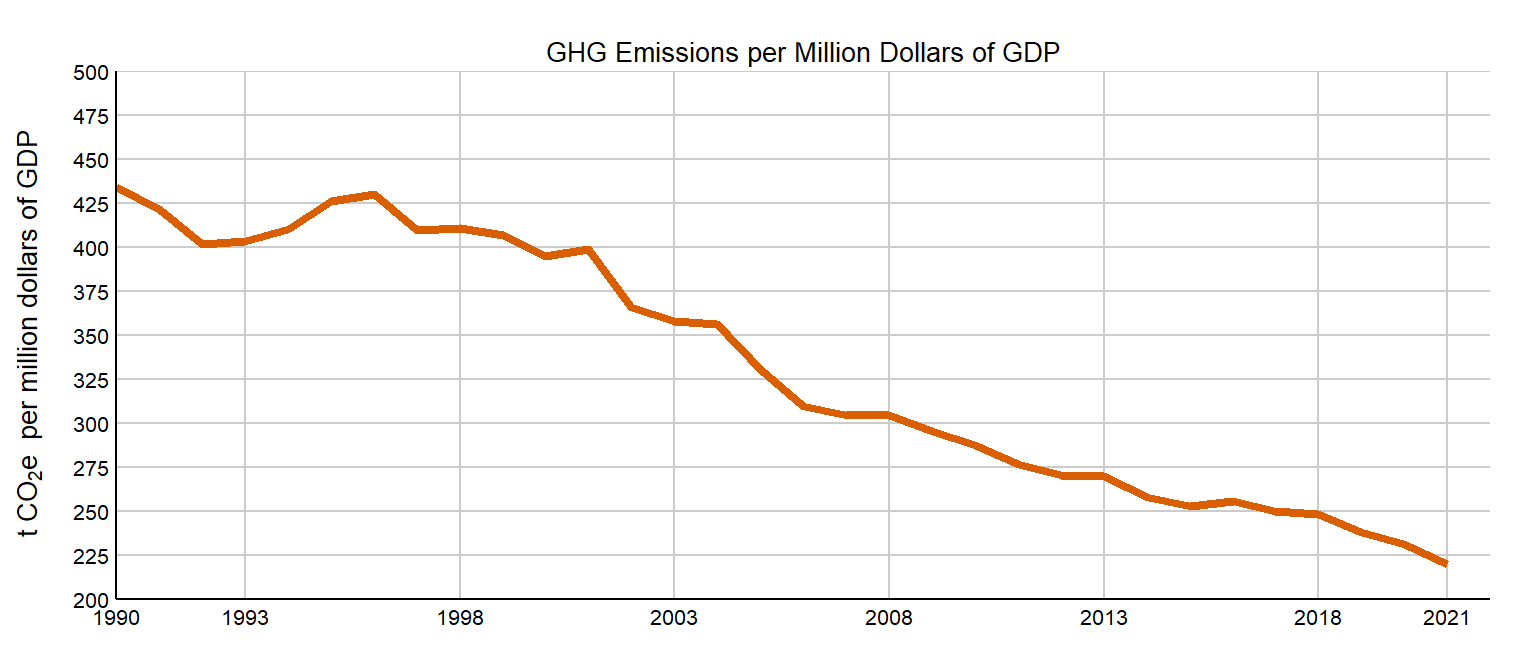



Ghg Emissions Environmental Reporting



The Government Of New Zealand Published A Chart On Their Greenhouse Gas Emissions Plantbased4theplanet
Some use the phrase as shorthand for emissions of carbon dioxide, which is the most important greenhouse gas produced Often the emissions of other greenhouse gases are measured by converting themFigure 1 is a flow chart of the reporting process overview Step 1 Calculate each facility's emissions for the calendar year Step 2 Do the emissions meet or exceed 10 kilotonnes or are you a facility engaged in carbon capture, transport and storage (CCTS)? In 19, direct industrial greenhouse gas emissions accounted for 23 percent of total US greenhouse gas emissions, making it the third largest contributor to US greenhouse gas emissions, after the Transportation and Electricity sectors Including both direct emissions and indirect emissions associated with electricity use, industry's share of total US greenhouse gas emissions in 19 was 30 percent, making it the largest contributor of greenhouse
/cdn.vox-cdn.com/assets/4250823/ecofys-world-ghg-emissions-flowchart.png)



Where Do Greenhouse Gas Emissions Come From Vox




File Greenhouse Gas Emissions By Ipcc Source Sector Eu28 16 Png Statistics Explained
The big trick of a greenhouse is that it doesn't let that warmth escape That's exactly how greenhouse gases act They let sunlight pass through the atmosphere, but they prevent the heat that the sunlight brings from leaving the atmosphere Overall, greenhouse gases are a good thing Without them, our planet would be too cold, and life asGreenhouse gas, any gas that has the property of absorbing infrared radiation (net heat energy) emitted from Earth's surface and reradiating it back to Earth's surface, thus contributing to the greenhouse effect Carbon dioxide, methane, and water vapour are the most important greenhouse gases (To a lesser extent, surfacelevel ozone, nitrous oxides, and fluorinatedText alternative for figure 4, Flow of greenhouse gas emissions from the greenhouse gas inventory sectors to production, 17 Image is of a Sankey chart, a type of flow diagram where the width of an arrow is proportional to the flow quantity




Greenhouse Gas Emissions Inventory Nh Department Of Environmental Services




Carbon Footprint Life Cycle Initiative
The primary cause is greenhouse gas emissions from cars, power plants and other humanmade sources—rather than natural variations in climate These emissions include carbon dioxide — the main greenhouse gas — which has reached a concentration level in our atmosphere that the Earth hasn't seen for more than 400,000 yearsWhen fossil fuels burn, they produce greenhouse gases that are having a global impact on temperature and weather systems Find out about how greenhouse gases such as carbon dioxide and methane work6— Estimating petroleum industry value chain (Scope 3) greenhouse gas emissions • Overview of methodologies 11 BACKGROUND Scope 3 emissions are those generated from value chain activities that are not accounted for and reported in the company's scope 1 and 2 corporate inventories Over the past several years, greenhouse gas (GHG
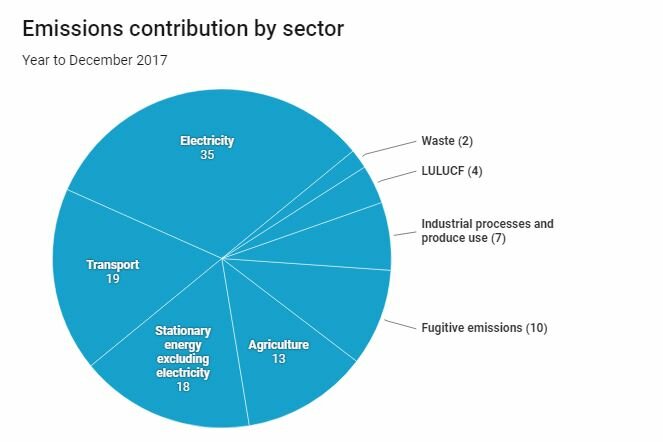



How To Neutralise Your Greenhouse Gas Footprint




Greenhouse Gas Emissions
But if the world of 35 looks a lot like today's world, economic growth, in the absence of climate policies, will mean rising greenhouse gas emissions tied to global warming37 Greenhouse Gas Emissions and Climate Change San Francisco VA Medical Center Long Range Development Plan 375 Final EIS Carbon Dioxide CO 2 is the most important anthropogenic GHG and accounts for more than 75 percent of all anthropogenic GHG emissions Its long atmospheric lifetime (on the order of decades to centuries) ensures that Greenhouse gas emissions are measured as kilotonnes of carbon dioxide equivalence (CO 2e) This means that the amount of a greenhouse gas that a business emits is measured as an equivalent amount of carbon dioxide which has a global warming potential of one For example, in 15–16, one tonne of methane released into the atmosphere will
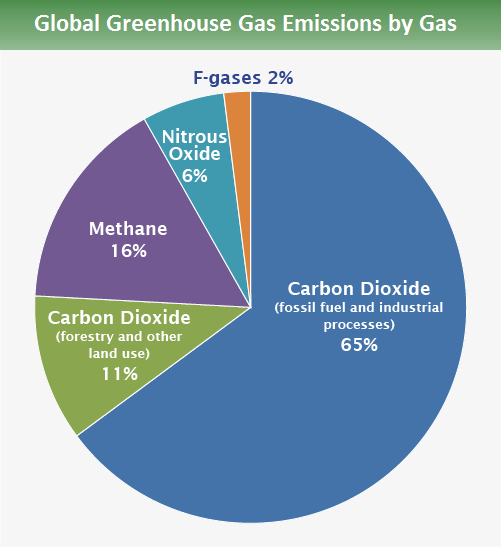



Global Greenhouse Gas Emissions Data Us Epa
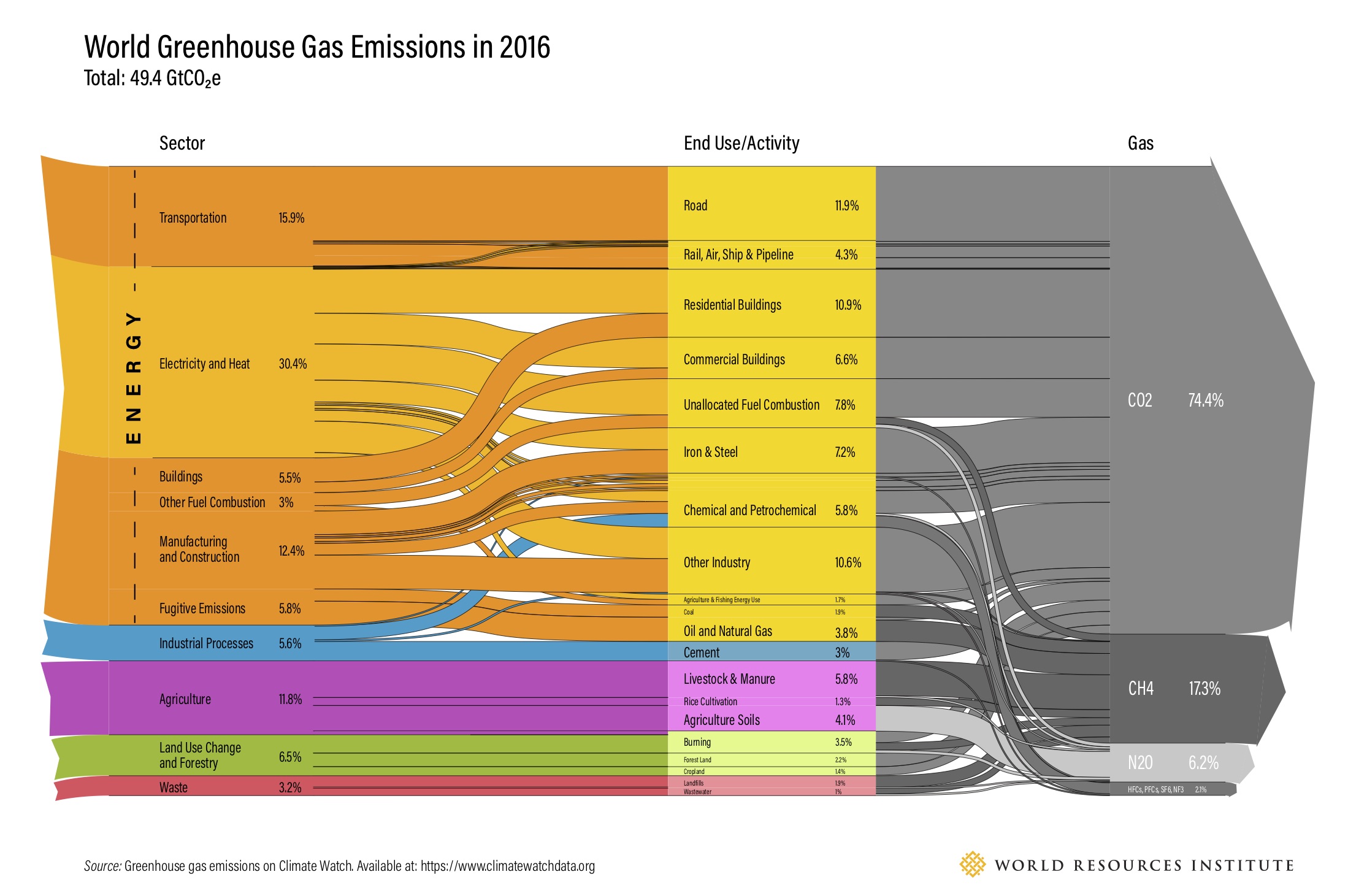



Ghg Sankey Diagrams
Scope 3 emissions (Greenhouse Gas Protocol) This diagram shows that under the Corporate Standard (which also applies to councils), emissions sources are categorized as direct or indirect and then further divided into scopes Direct sources are all owned or controlled by the reporting council Direct sources are classified as Scope 1Canadian Oil Sands LifeCycle Assessments of Greenhouse Gas Emissions Congressional Research Service extraction activities in Canada or the overall volume of crude oil transported to and refined in the United States Scope and Purpose of This Report Congressional interest in the GHG emissions attributable to Canadian oil sands crudes hasFigure 26 Synthesis of literature estimates of life cycle greenhouse gas emissions (g CO 2 e / kWh) for electricity generation technologies powered by renewable and nonrenewable resour ces 56 Figure 27 Process flow diagram depicting the life cycle of a natural gasfired power plant generating electricity,




Global Greenhouse Gas Emissions By Sector Download Scientific Diagram



Progress To Greenhouse Gas Emission Targets European Environment Agency
Greenhouse Gas Emissions Overview Diagram Notes a CO2 emissions related to petroleum consumption (includes 64 MMTCO2 of nonfuelrelated emissions) b CO2 emissions related to coal consumption (includes 03 MMTCO2 of nonfuelrelated emissions) c CO2 emissions related to natural gas consumption (includes 13 MMTCO2 of nonfuelrelated emissions)The column "GHG Reduction" converts the unit into MTCO2e MTCO2e = Electricity conserved * (kWh/userspecified units) * (national or state value of the eGRID nonbaseload output emission rate, expressed as MTCO2e/kWh) National value of rate MTCO2e/kwh State value of rate differs by stateFive industries that emit fluorinated greenhouse gases (GHGs);



Emissions By Sector Our World In Data



Fuente World Resource Institute World Ghg Emissions Flow Chart Download Scientific Diagram
DETR document "Environmental Reporting – guidelines for company reporting on greenhouse gas emissions" is widely considered to be a thorough and robust methodology for national reporting The present guidelines, in turn, use some of the information from the DETR report, where it improves the original UNEP work Electricity Sector Emissions Total Emissions in 14 = 6,870 Million Metric Tons of CO 2 equivalent * Land Use, LandUse Change, and Forestry in the United States is a net sink and offsets approximately 11 percent of these greenhouse gas emissions All emission estimates from the Inventory of US Greenhouse Gas Emissions and Sinks 1990–14 Larger image to save or The majority of greenhouse gas emissions from US household transportation are created domestically, as measured in megatons of carbon dioxide equivalent Chart by The Conversation, CCBYND




Chart Of The Day Greenhouse Gas Pollution In California Streets Mn



1
Greenhouse Gas Emissions and Fuel Use within the Natural Gas Supply Chain – Sankey Diagram Methodology James Bradbury, Zachary Clement, and Adrian Down Office of Energy Policy and Systems Analysis US Department of Energy July, 15 The Short Answer The greenhouse effect is a process that occurs when gases in Earth's atmosphere trap the Sun's heat This process makes Earth much warmer than it would be without an atmosphere The greenhouse effect is one of the things that makes Earth a comfortable place to live The natural greenhouse effect is a phenomenon caused by gases naturally present in the atmosphere that affect the behaviour of the heat energy radiated by the sun In simple terms, sunlight (shortwave radiation) passes through the atmosphere, and is absorbed by Earth's surface This warms Earth's surface, and then Earth radiates some of
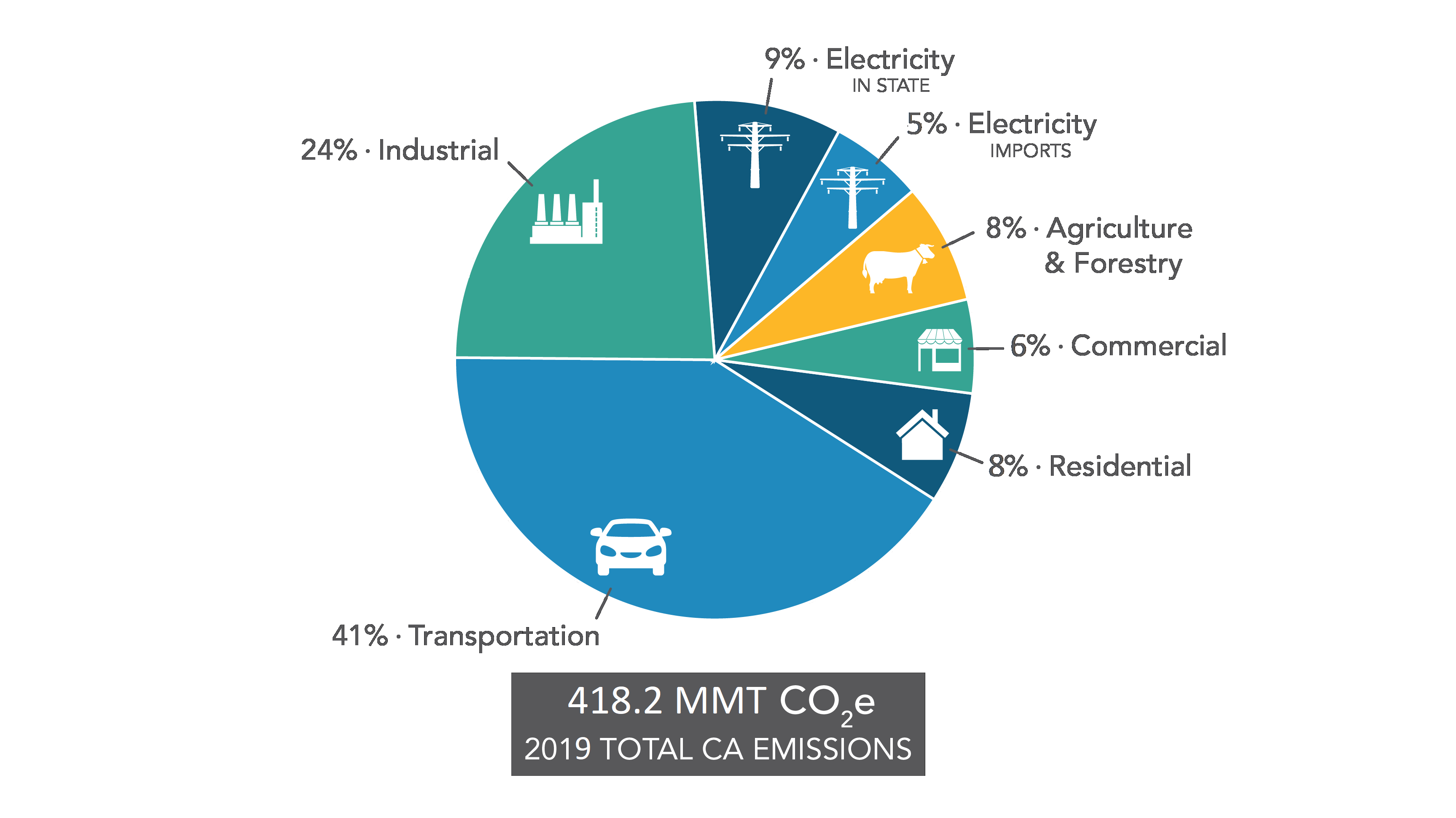



Ghg Emission Inventory Graphs California Air Resources Board




Emissions From Energy Production Have Stabilised For Now The Economist
Stacked column graph shows the contributions of selected industries to total carbon dioxide equivalent emissions, for the years 07 to 18 Kilotonnes of carbon dioxide emissions are on the vertical axis and years are on the horizontal axis Emissions for selected industries are stacked on top of each other to show total emissions for each year Greenhouse Gas Carbon Dioxide Share of Global GHG Emissions 2530% Futtsu Thermal Power Station near Tokyo Generating electricity and heat by burning fossil fuels like coal, natural gas and oil produces more greenhouse gas (GHG) emissions than any human activity, accounting for at least one quarter of all global emissions Transportation (14% of 10 global greenhouse gas emissions) Greenhouse gas emissions from this sector primarily involve fossil fuels burned for road, rail, air, and marine transportation Almost all (95%) of the world's transportation energy comes from petroleumbased fuels, largely gasoline and diesel




The First Chart Below Shows How Energy Is Used In An Average Australian Household




Carbon Footprint The Considerate Consumer
Figure 121 Greenhouse Gas Emissions By Gas 04 Click for a text description of Greenhouse Gas Emissions by Gas 04 Carbon dioxide/CO 2 fossilfuel use 566% Carbon dioxide/CO 2 (other) 28% Carbon dioxide/CO 2 (deforestation, decayAnd facilities that inject and store CO 2 underground for the purposes of geologic sequestration or enhanced oil and gasWhole of Life Greenhouse Gas Emissions Assessment of a Coal Seam Gas to Liquefied Natural Gas Project in the Surat Basin, Queensland, Australia PDF 660 KB This final report assesses greenhouse gas emissions of a coal seam gas (CSG) to liquefied natural gas (LNG) project in Queensland, and the relative climate benefits of using Queensland natural gas in place of thermal




Pin On Geography
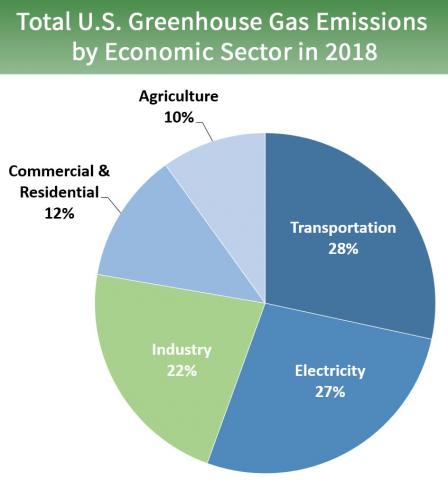



Sources Of Greenhouse Gas Emissions Greenhouse Gas Ghg Emissions Us Epa
This technical guidance document describes emissions estimation techniques for greenhouse gas (GHG) air emissions from solid waste disposal, wastewater treatment, and ethanol fermentation, all anthropogenic source categories that can produce GHG emissions18 UK Greenhouse Gas Emissions, Final figures 4 100 year period Greenhouse gas emissions are then presented in carbon dioxide equivalent units (CO2e) Carbon dioxide is reported in terms of net emissions, which means total emissions minus total removals of carbon dioxide from the atmosphere by carbon sinks Carbon sinks are defined byThe ocean is being disproportionately impacted by increasing carbon dioxide (CO 2) and other greenhouse gas emissions (GHG) from human activities;



3



Cleancoin



1
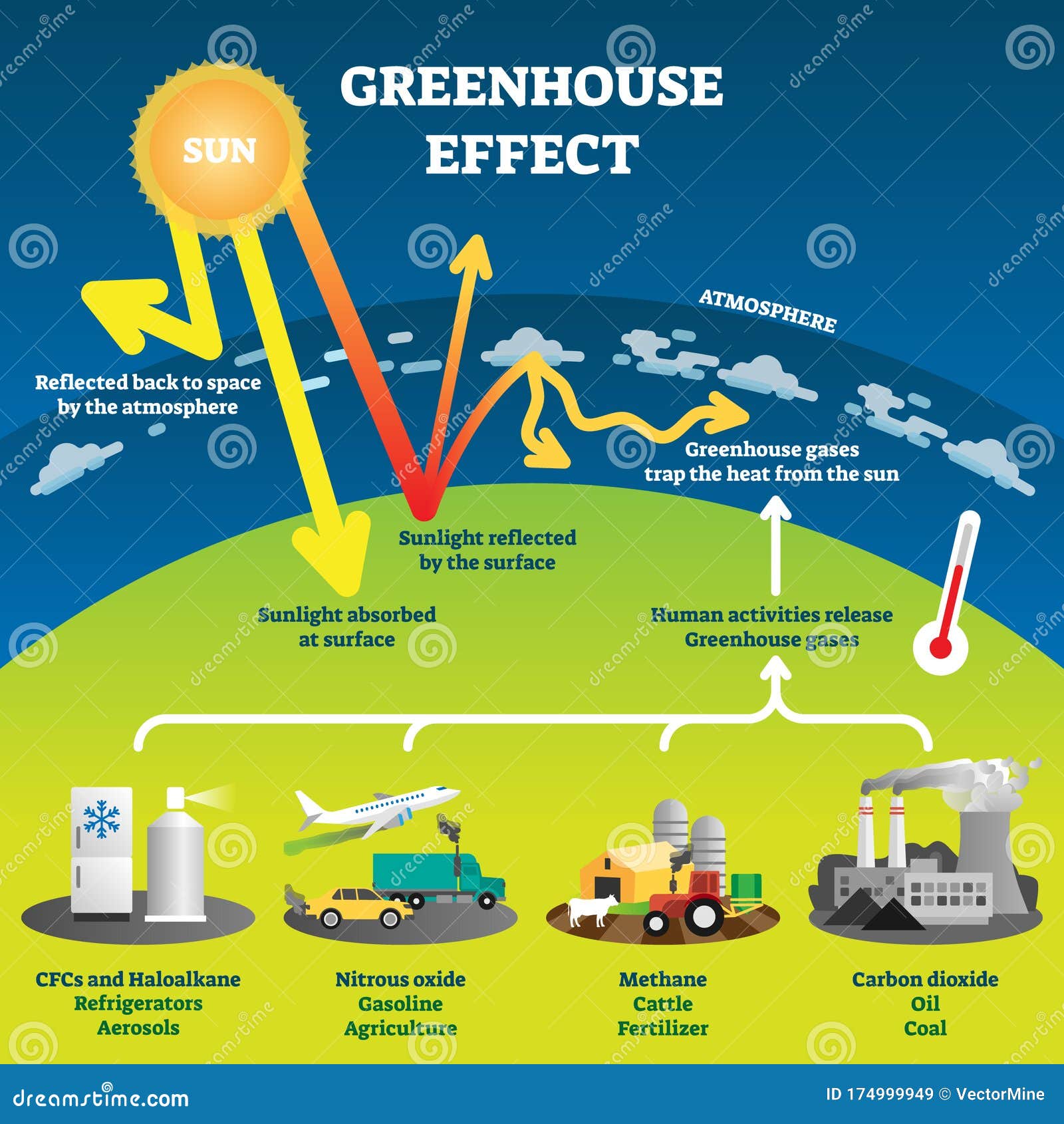



Greenhouse Effect Vector Illustration Diagram Stock Vector Illustration Of Design Emission
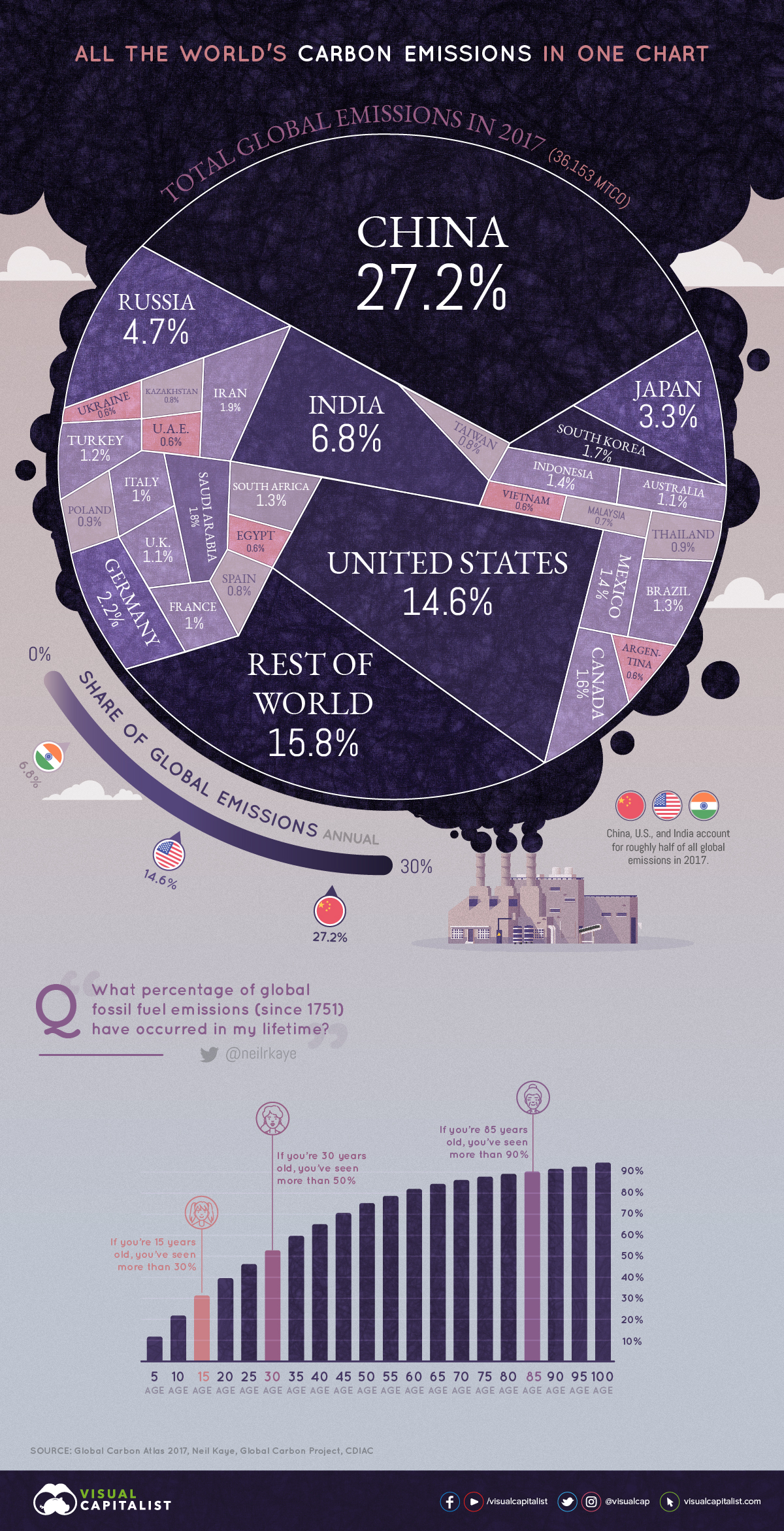



All Of The World S Carbon Emissions In One Giant Chart
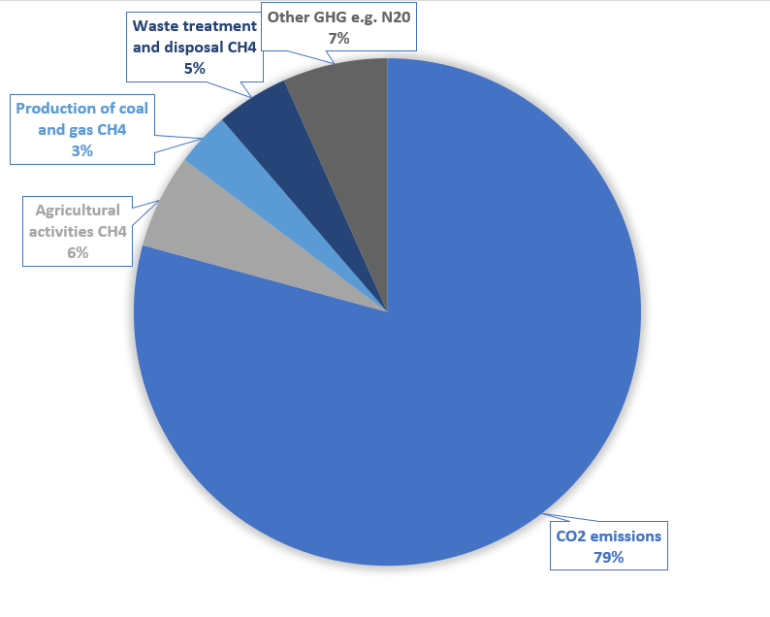



The Carbon Emissions Per Capita In Eu 28 Tree Nation Project S Updates




3 Common Greenhouse Gases Novocom Top
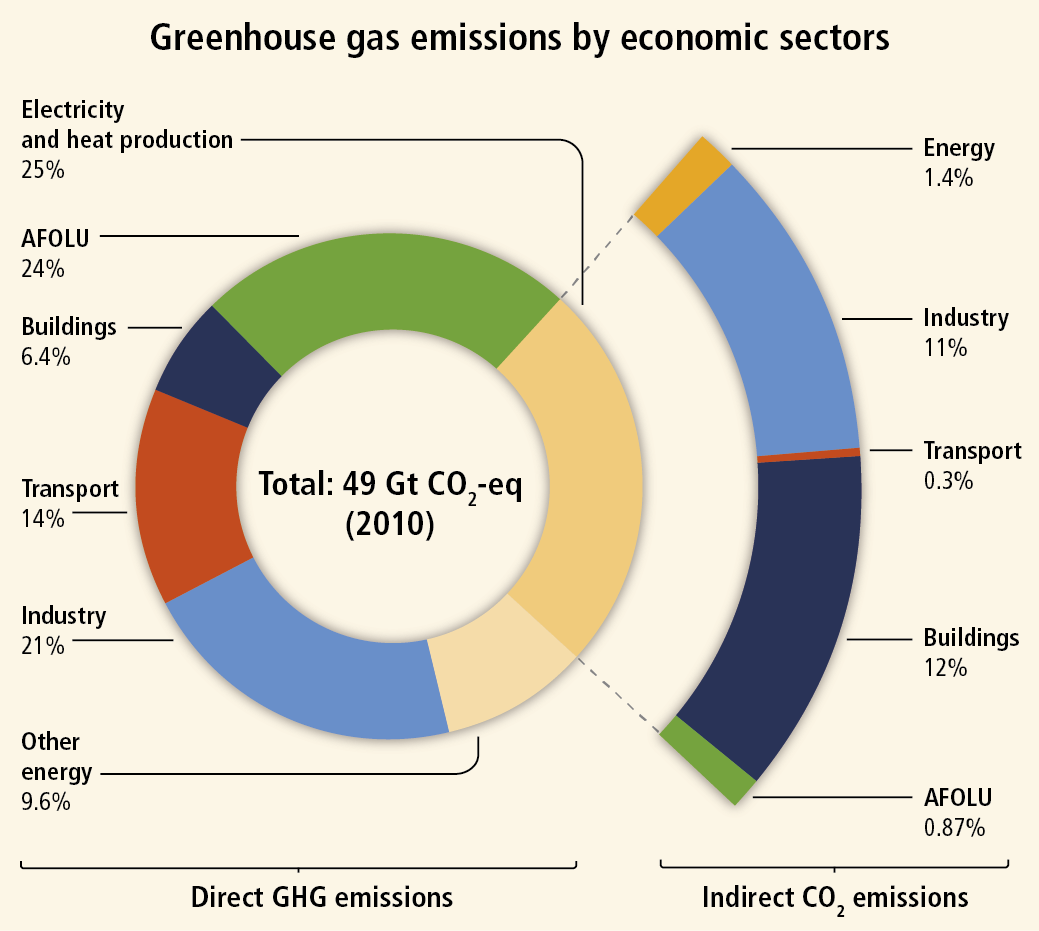



Impact Of Agriculture On Climate Change




The Enhanced Greenhouse Effect Global Warming Ozcoasts



Total Greenhouse Gas Emissions By Sector In Eu 27 07 European Environment Agency




World Flow Chart Of Greenhouse Gases Illustrating The Emission Download Scientific Diagram



Greenhouse Gas Emissions Wikipedia




California Plans To Reduce Greenhouse Gas Emissions 40 By 30 Today In Energy U S Energy Information Administration Eia




Greenhouse Gas Emissions In Santa Fe City Of Santa Fe New Mexico
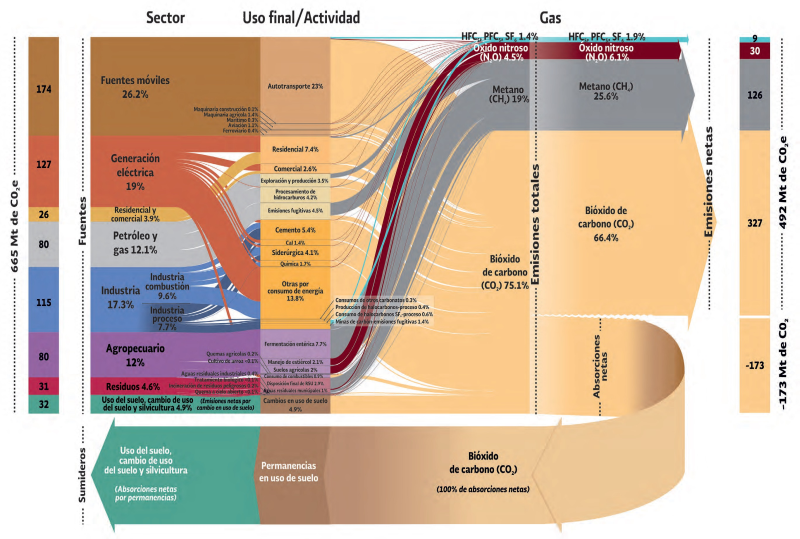



Greenhouse Gas Emissions Mexico 15 Sankey Diagrams




2 Schematic Of The Greenhouse Effect From 16 Download Scientific Diagram



New Land Use Strategies Can Reduce Greenhouse Gas Emissions




Manitoba Agricultural Ghgs Climate Change Connection




Schematic Overview Of The Main Greenhouse Gas Emissions In Agriculture Download Scientific Diagram
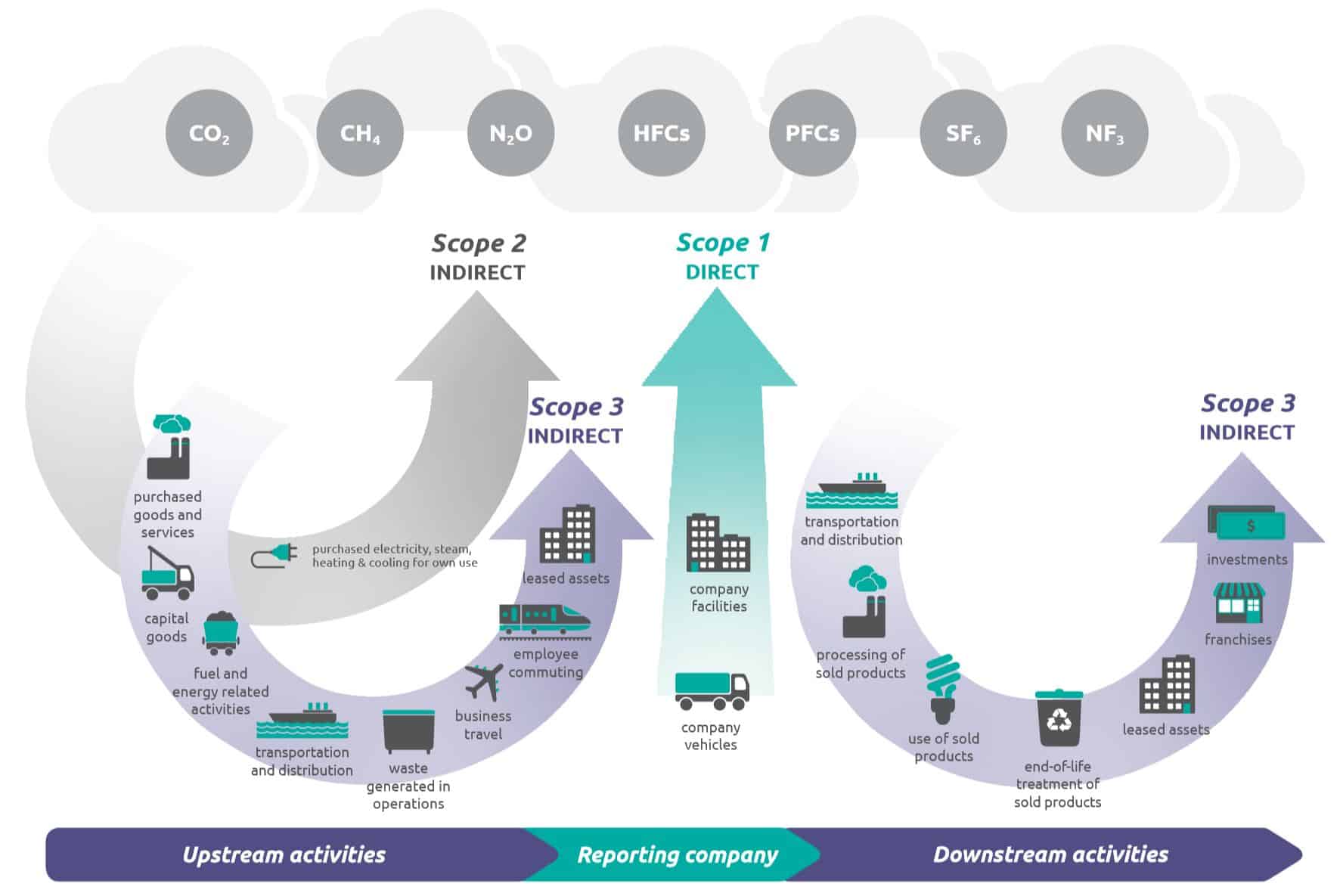



What Is The Difference Between Scope 1 2 And 3 Emissions Compare Your Footprint




Eu Greenhouse Gas Emissions Management Infogram Design Elements Qualifying Fire And Emergency Planning Vector Stencils Library Radiation Png




Visualizing The Most Recent Global Greenhouse Gas Emissions Data



Ghg Emissions Of Energy From Biogas Plant Sankey Diagrams
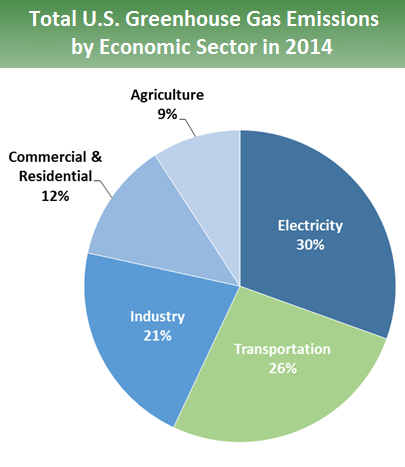



Sources Of Greenhouse Gas Emissions Greenhouse Gas Ghg Emissions Us Epa




Greenhouse Effect Definition Diagram Causes Facts Britannica
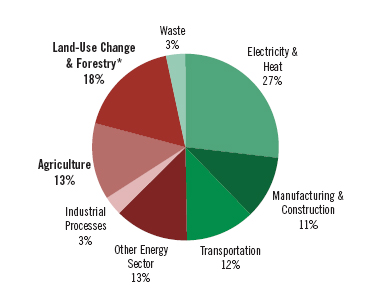



Introduction To The Energy Sector And Its Greenhouse Gas Emissions Geog 438w Human Dimensions Of Global Warming
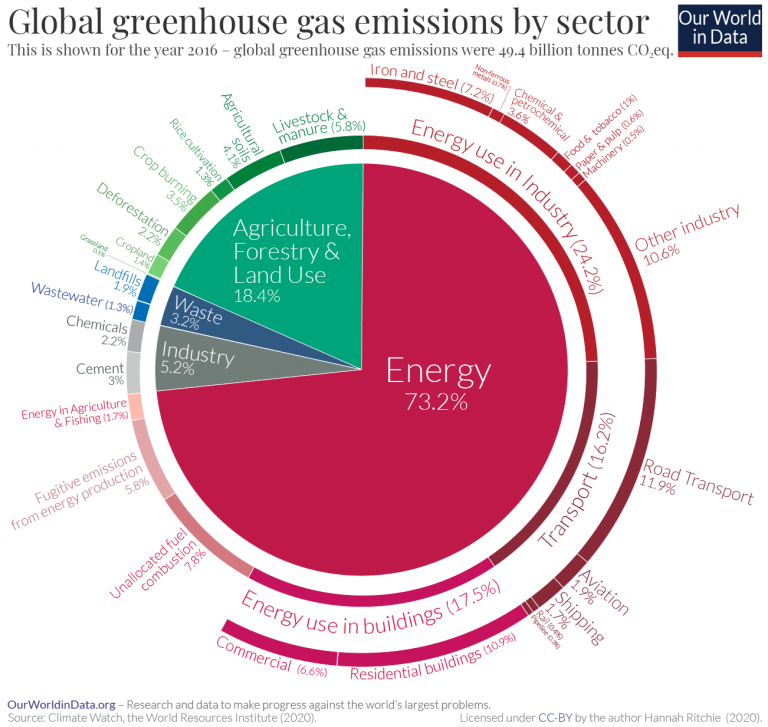



Sector By Sector Where Do Global Greenhouse Gas Emissions Come From Our World In Data
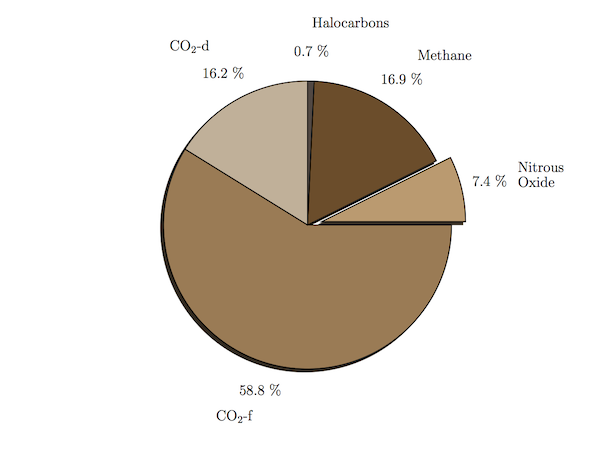



A Pie Chart Of Greenhouse Gas Emissions
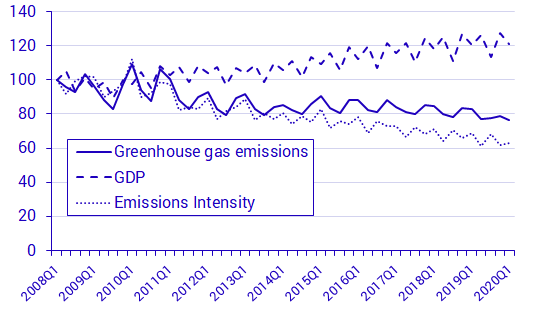



Greenhouse Gas Emissions In Sweden S Economy Decreased In The First Quarter Of
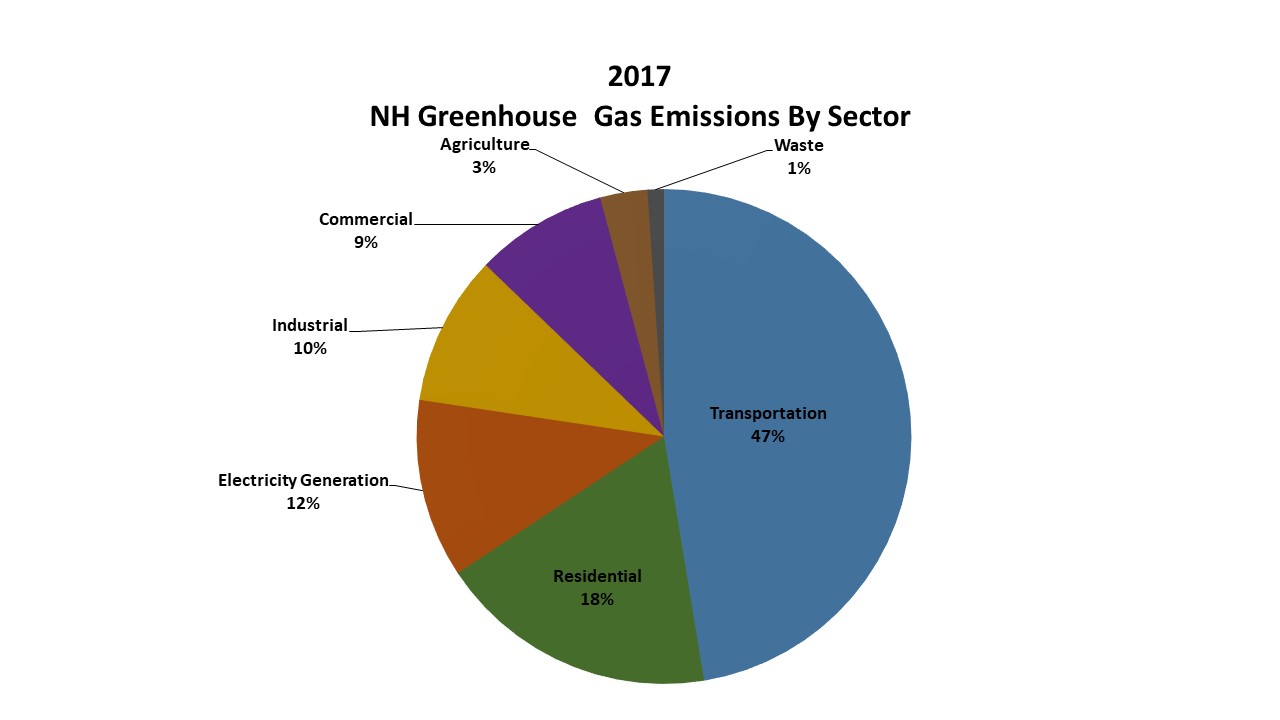



Greenhouse Gas Emissions Inventory Nh Department Of Environmental Services




Carbon Footprint Factsheet Center For Sustainable Systems
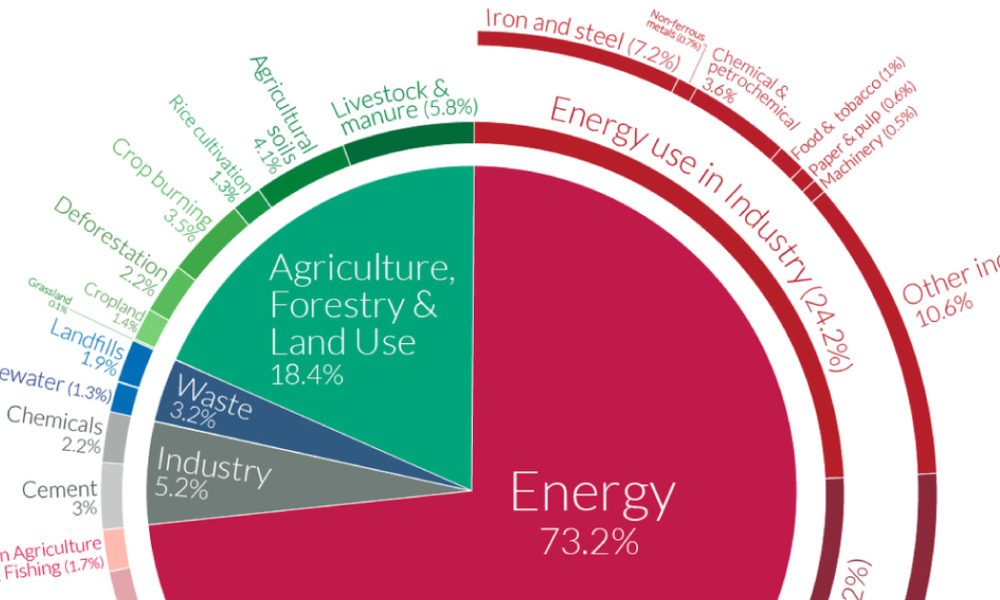



A Global Breakdown Of Greenhouse Gas Emissions By Sector
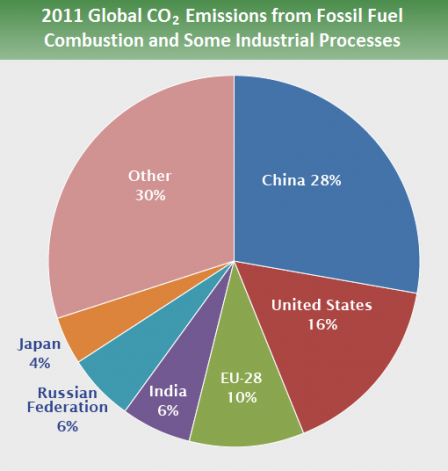



Global Greenhouse Gas Emissions Data Greenhouse Gas Ghg Emissions Us Epa




Where Do Canada S Greenhouse Gas Emissions Come From



Chart Eu And Us Slash Greenhouse Gas Emissions Statista




Italki Ielts Writing Task 1 Answer 22 The Diagram Illustrates How Solar Energy Is Trapped By Greenhouse E
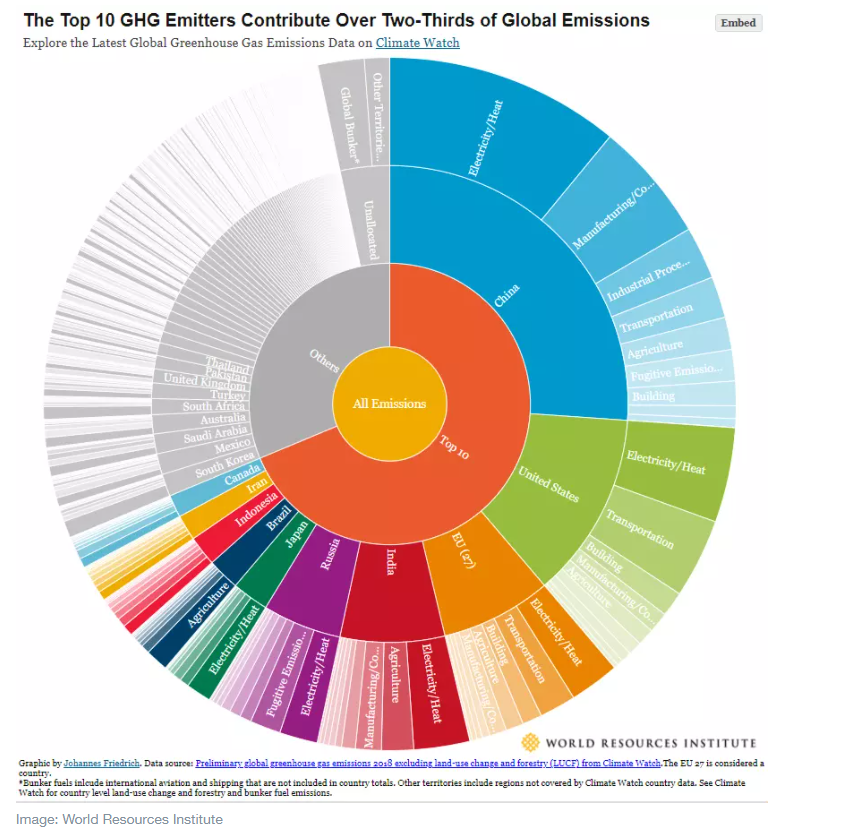



3 Charts That Show Which Countries And Which Sectors Emit The Most Greenhouse Gas Analyses Ebr




Cause And Effect For Global Warming Time For Change




Graph Of The Day Where The World S Greenhouse Gases Come From Reneweconomy




How To Decarbonize America And The World Techcrunch Greenhouse Gases Greenhouse Gas Emissions Global Warming
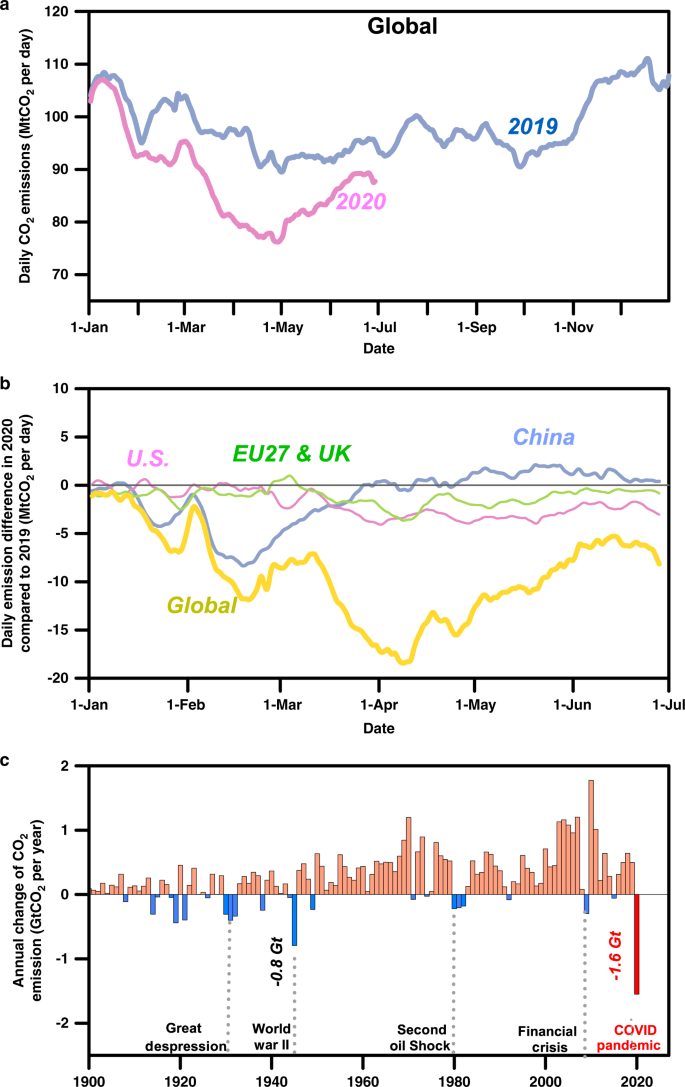



Near Real Time Monitoring Of Global Co 2 Emissions Reveals The Effects Of The Covid 19 Pandemic Nature Communications
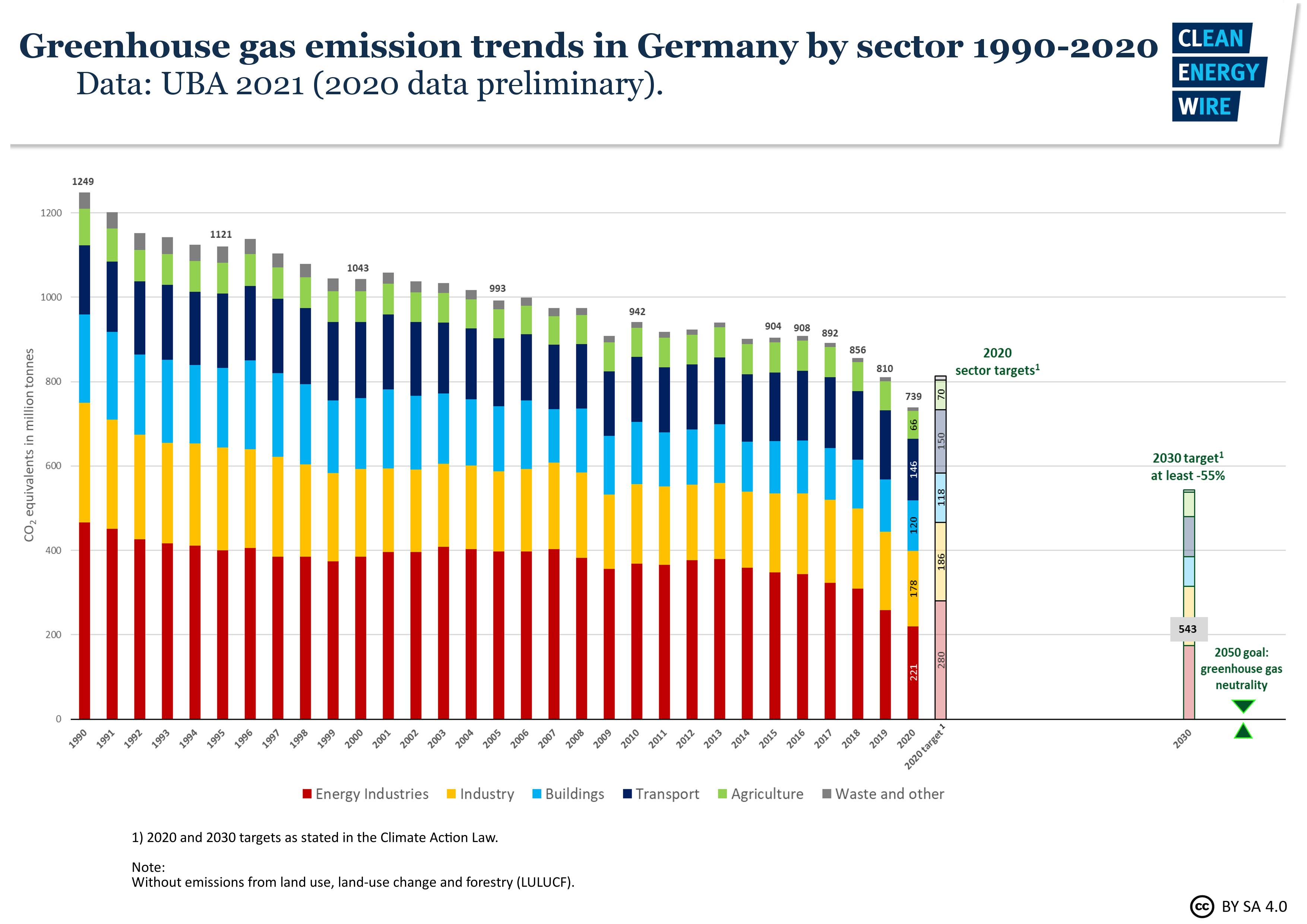



Germany Sees Record Greenhouse Gas Emission Fall Due To Pandemic Renewables Clean Energy Wire
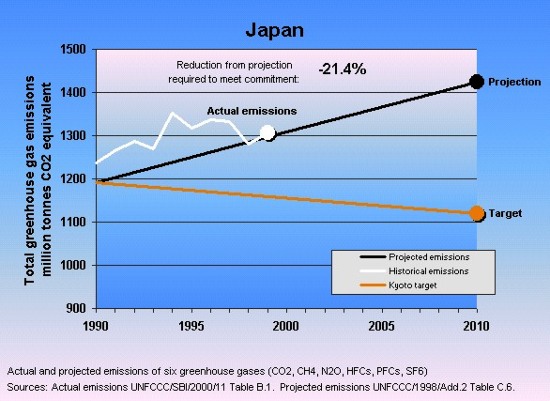



Japan Greenhouse Gas Emissions Cop7 Grid Arendal




Windsor S Greenhouse Gas Emissions




The Greenhouse Effect Niwa




Pie Chart That Shows Country Share Of Greenhouse Gas Emission 30 Comes From China 15 From The Unite Greenhouse Gases Greenhouse Gas Emissions Ghg Emissions
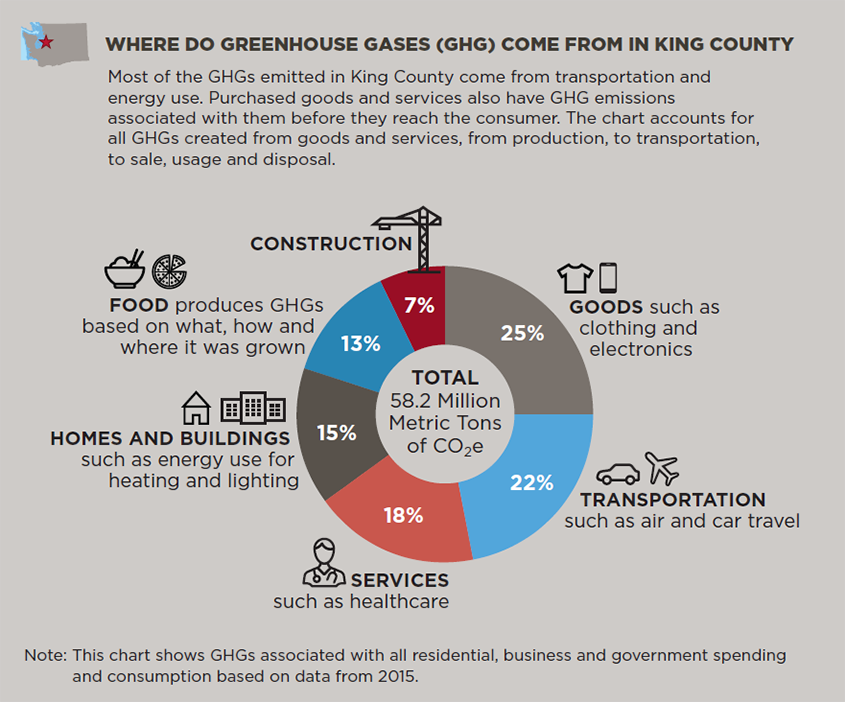



Greenhouse Gas Emissions In King County King County




Our Carbon Footprint Sustainability Alameda County




Australia S Emissions Projections Department Of Industry Science Energy And Resources




Total Greenhouse Gas Emissions In Belarus A Diagram Displa Flickr




Christchurch District S Greenhouse Gas Emissions Christchurch City Council



Chart World S Biggest Economies Ramp Up Their Emissions Statista
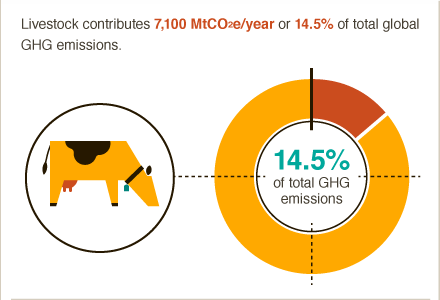



Food Emissions Big Facts
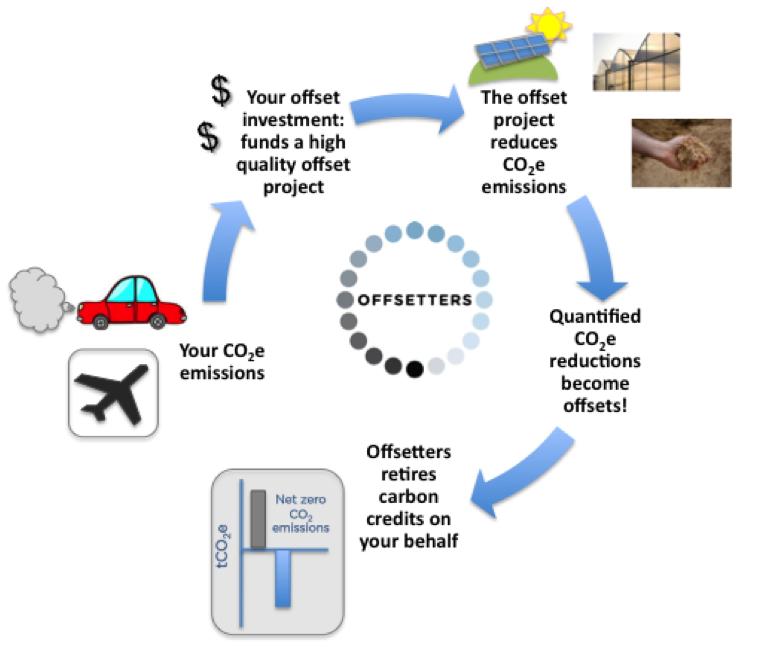



Carbon Offsetting



Kazakhstan Kz Total Greenhouse Gas Emissions Change From 1990 Economic Indicators
/cdn.vox-cdn.com/uploads/chorus_asset/file/16185122/gw_graphic_pie_chart_co2_emissions_by_country_2015.png)



Climate Change Animation Shows Us Leading The World In Carbon Emissions Vox
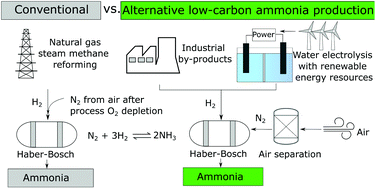



Life Cycle Energy Use And Greenhouse Gas Emissions Of Ammonia Production From Renewable Resources And Industrial By Products Green Chemistry Rsc Publishing
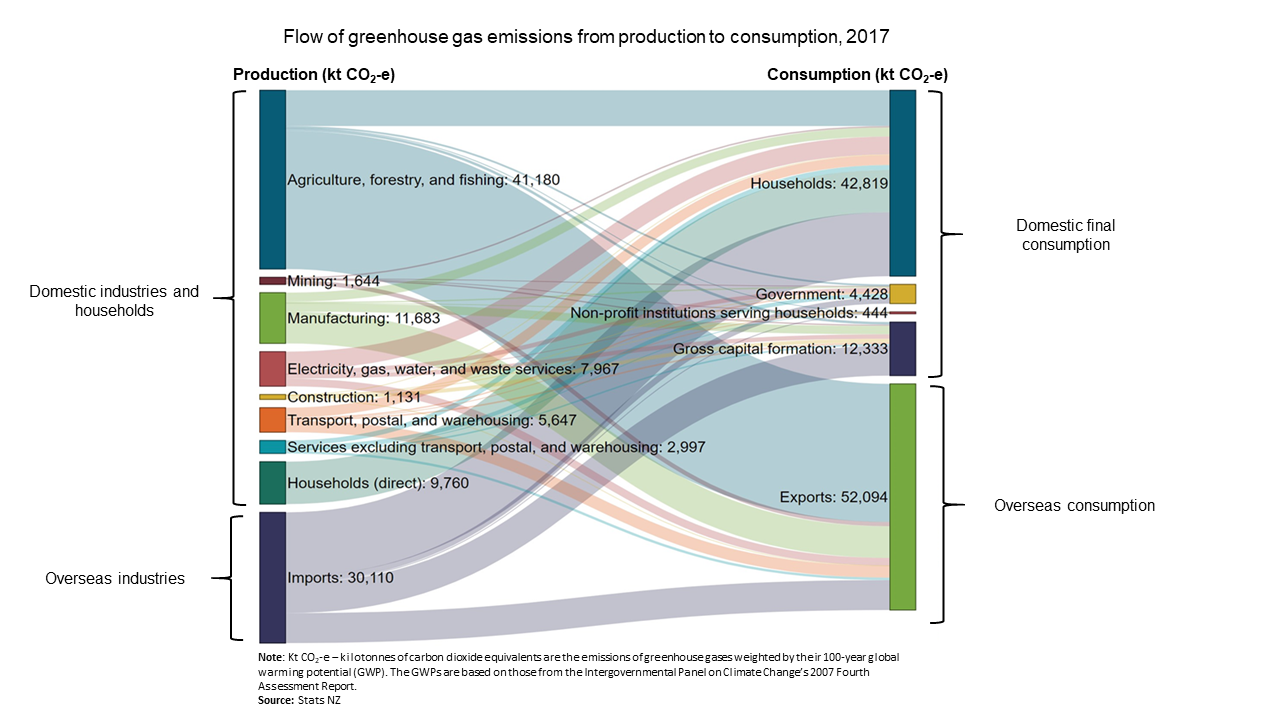



Greenhouse Gas Emissions Consumption Based Year Ended 17 Stats Nz



Co And Greenhouse Gas Emissions Our World In Data




Total Greenhouse Gas Emissions By Sector In Eu 27 09 European Environment Agency
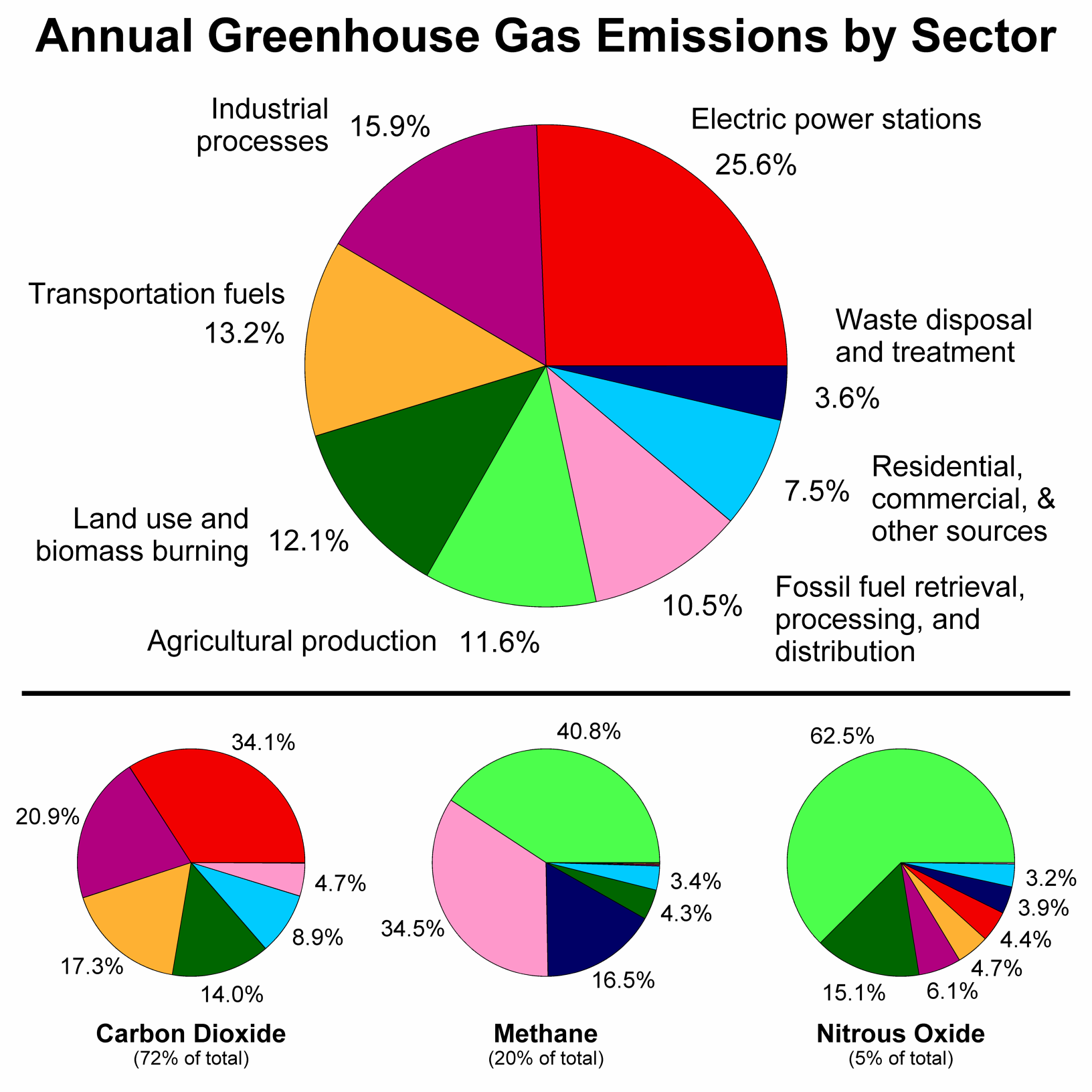



File Greenhouse Gas By Sector Png Wikimedia Commons




Greenhouse Gas Emissions Greening The Blue Report 19
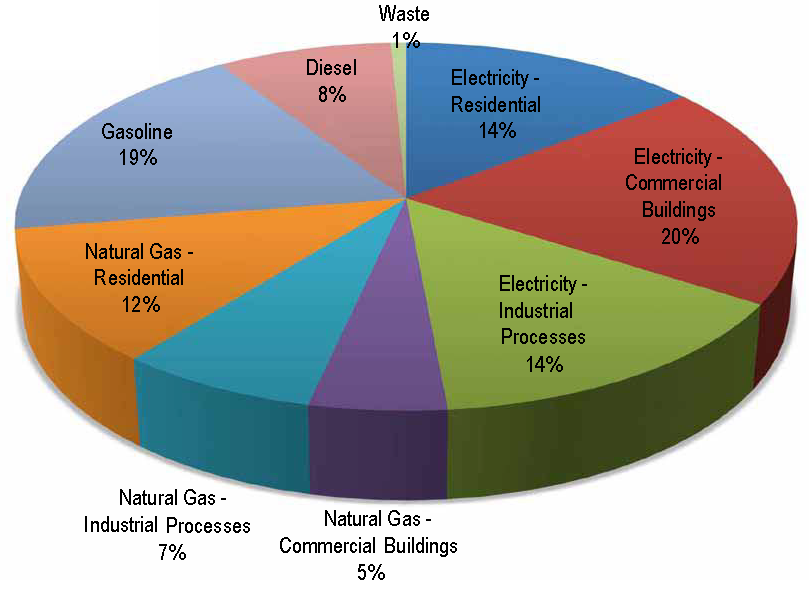



Helping Calgary Meet Its Greenhouse Gas Emissions Targets Blog Posts Pembina Institute




Windsor S Greenhouse Gas Emissions



3



Ways To Reduce Your Carbon Footprint




No Progress Made To Reduce U S Greenhouse Gas Emissions Ecori News
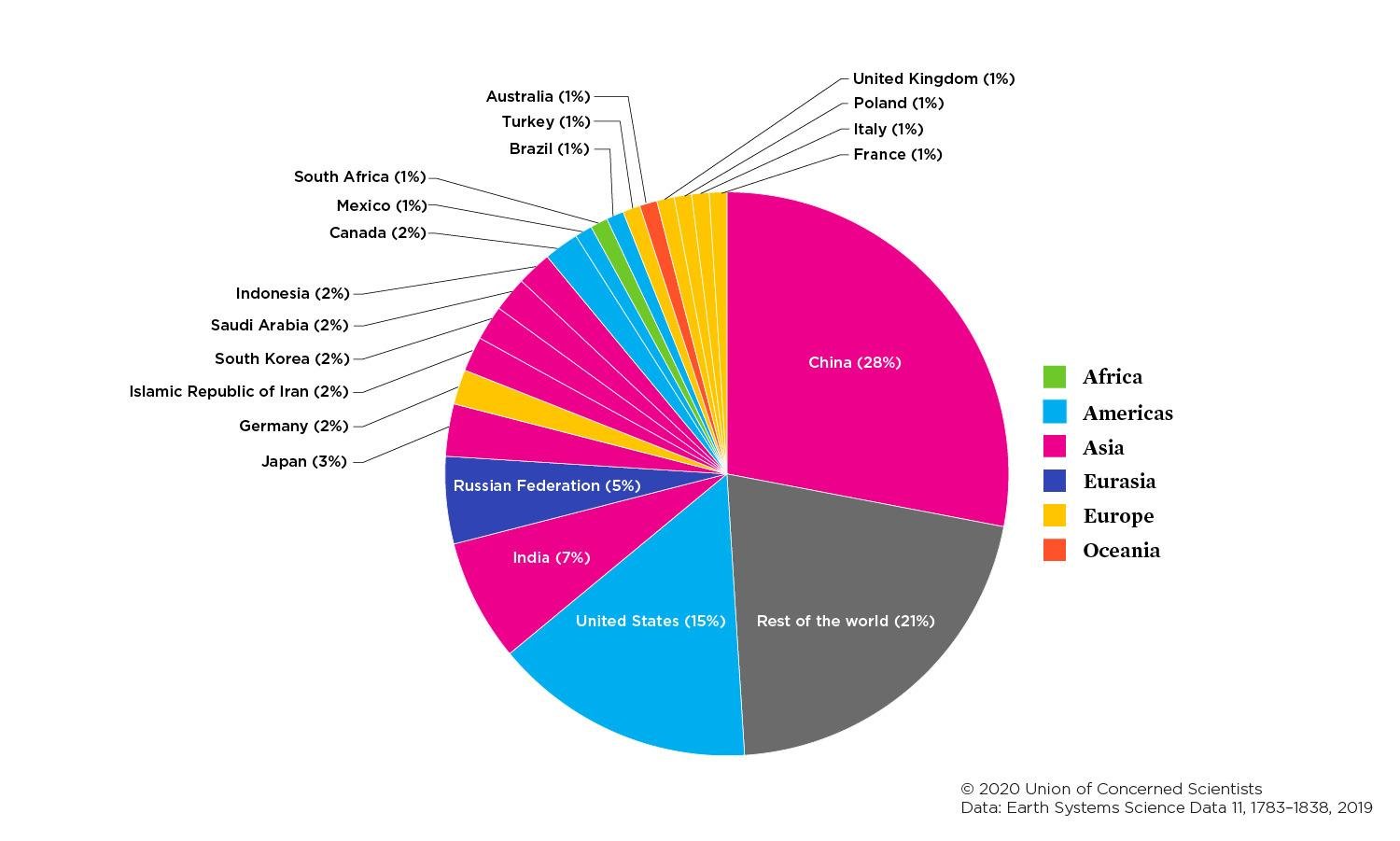



Each Country S Share Of Co2 Emissions Union Of Concerned Scientists



Iran Ghg Emissions From Energy Sector Sankey Diagrams




Global Gas Emissions Climate Energy And Society College Of Liberal Arts Auburn University




Dnr Reports 3 Increase In Iowa Greenhouse Gas Emissions Iowa Environmental Focus



Carbon Footprint Factsheet Center For Sustainable Systems
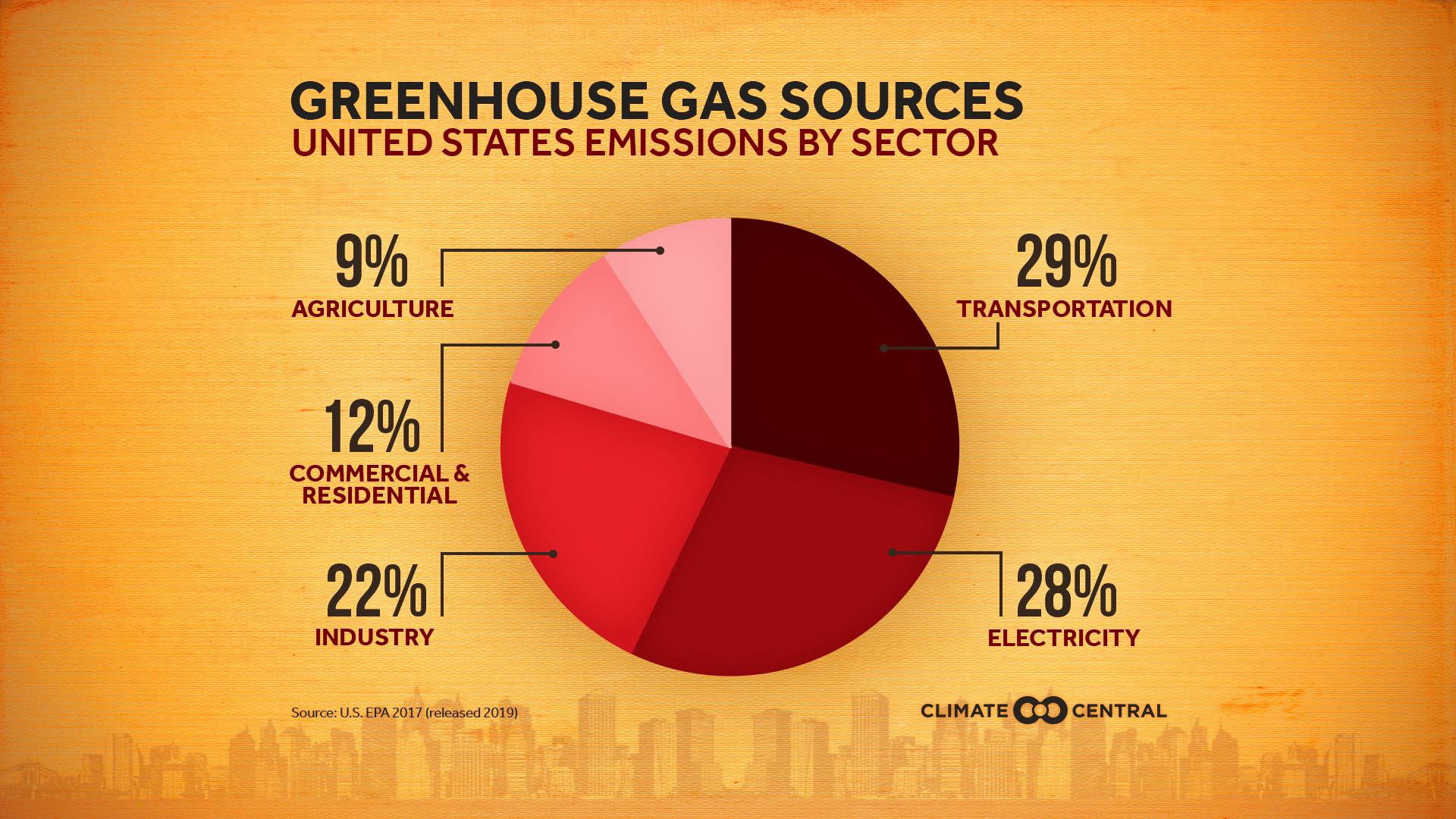



Emissions Sources Climate Central



Earthcharts Greenhouse Gas Emissions By Sector



Emissions By Sector Our World In Data




Chart Of The Day Greenhouse Gas Pollution In California Streets Mn




3 Greenhouse Gases Novocom Top




Controlling Industrial Greenhouse Gas Emissions Center For Climate And Energy Solutions
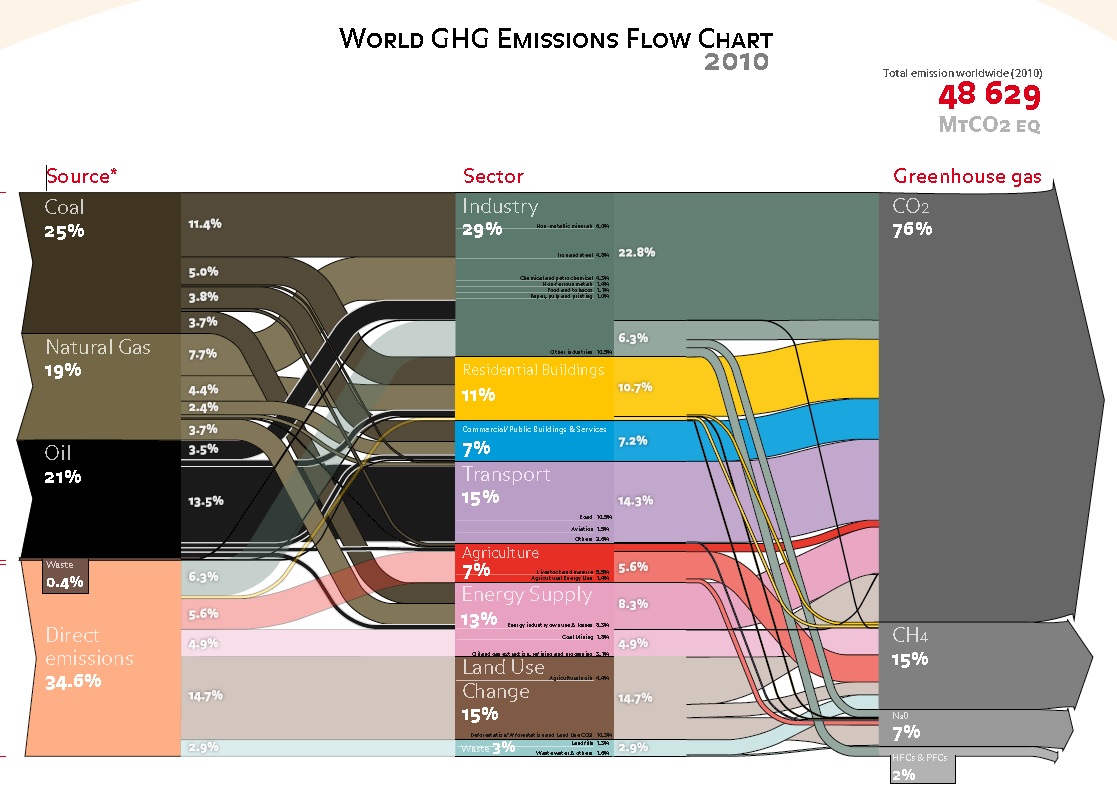



Greenhouse Gases Where They Really Come From Infographic




World Ghg Green House Gasses Emissions Flow Chart Blog About Infographics And Data Visualization Ghg Emissions Greenhouse Gas Emissions Greenhouse Gases



0 件のコメント:
コメントを投稿